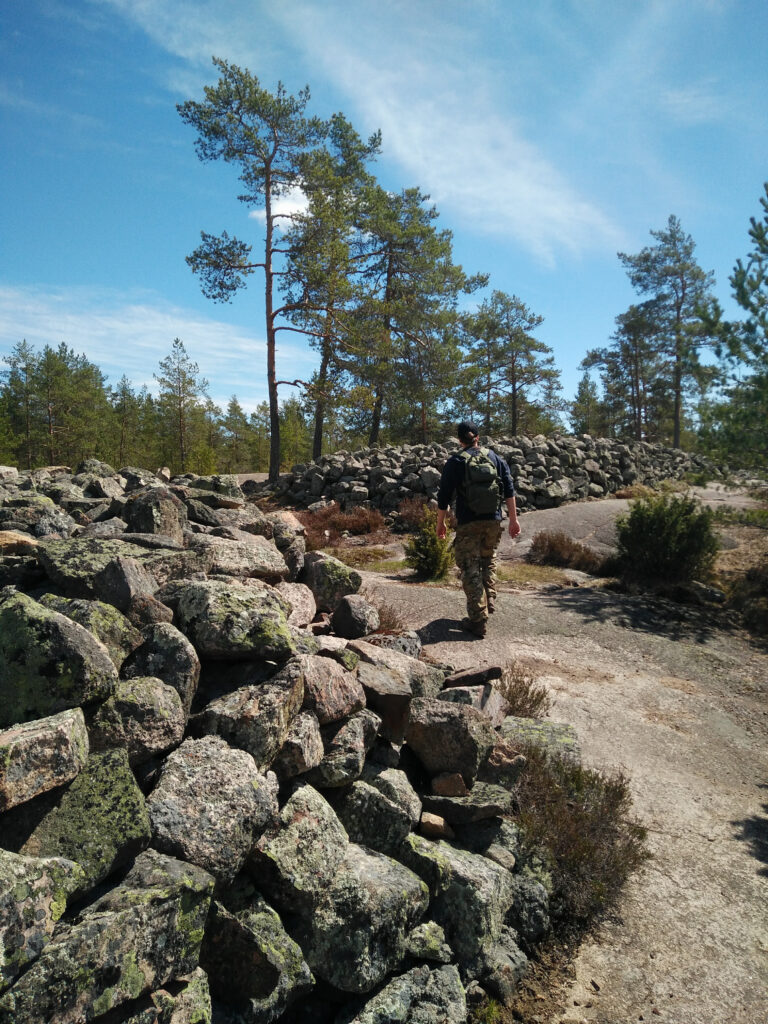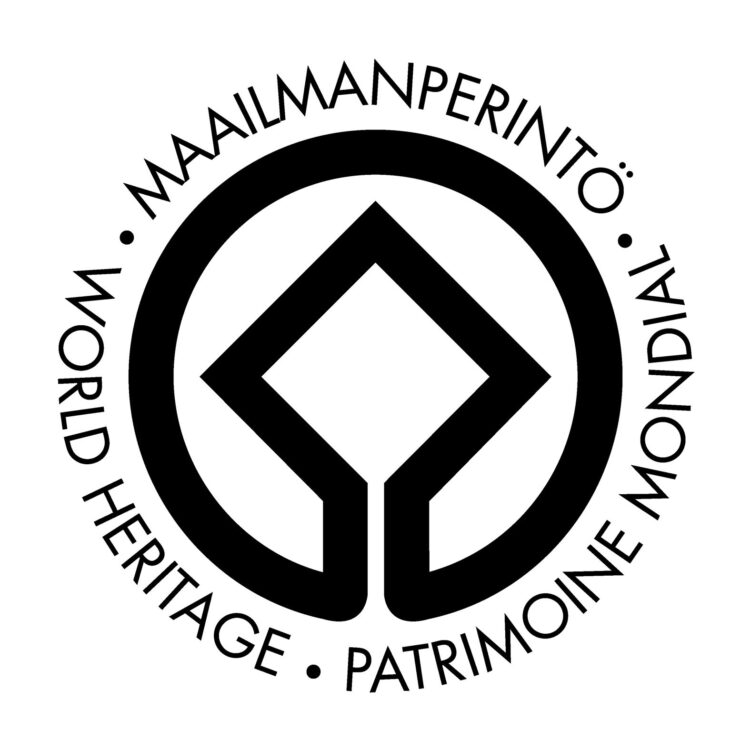UNESCO World Heritage Site
The World Heritage sites in Finland tell you about irreplaceable values of humankind. The sites connect the present with the past, and you will feel the importance of preserving World Heritage for future generations.

World Heritage Site Sammallahdenmäki
In December 1999, Sammallahdenmäki became the first prehistoric site in Finland to be inscribed on the UNESCO World Heritage List. The site is listed as the most representative site of Western Bronze Age culture in Finland and Scandinavia. The Bronze Age ancient ruins and the surrounding lichen-covered rocky landscape form a valuable ensemble.
World Heritage is our shared treasure
The Convention Concerning the Protection of the World Cultural and Natural Heritage aims to preserve the mankind’s unique cultural and natural heritage for the future generations. The Convention forms a basis for international co-operation in protecting and saving the cultural and natural heritage. The Convention was signed in 1972 and in 1987 Finland joined in. The countries that have signed the Convention can propose sites for the World Heritage List. In 2019, in total 1121 sites were listed. The sites are divided into cultural and natural sites, but some of the sites have features of both categories.


World Heritage in Finland
Finland is home to seven exceptionally valuable sites that are part of humanity’s World Heritage. The protection of World Heritage is based on UNESCO’s Convention concerning the Protection of the World Cultural and Natural Heritage. In Finland, there is one natural heritage site, the Kvarken Archipelago, and six cultural heritage sites: Old Rauma, the Fortress of Suomenlinna, Petäjävesi Old Church, the Verla Groundwood and Board Mill, the Bronze Age burial site of Sammallahdenmäki, and the Struve Geodetic Arc.